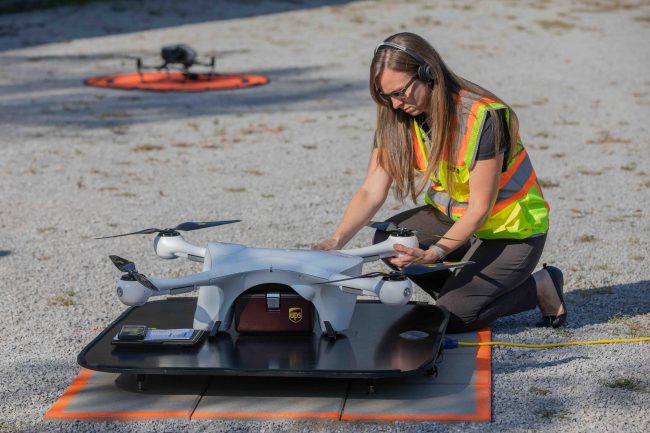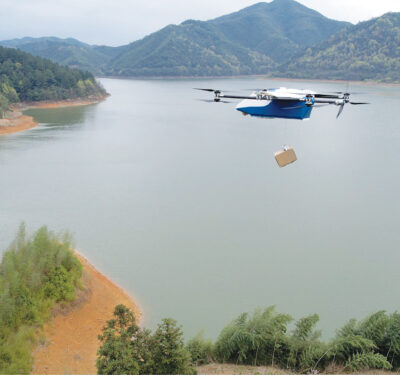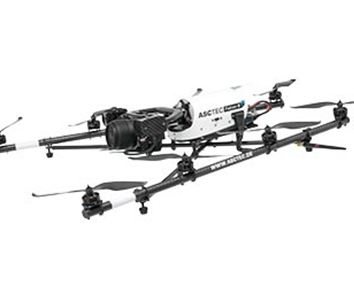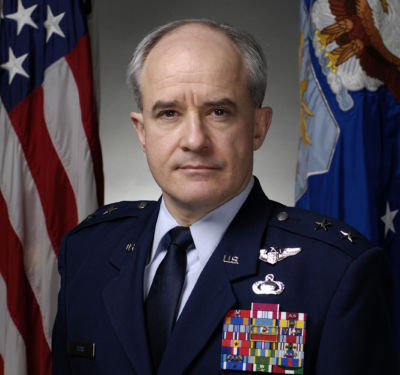
UPS Flight Forward plans to transport a range of items for customers in many industries, and regularly fly drones beyond the operators’ visual line of sight.
UPS, formerly known as the United Parcel Service, announced through its subsidiary UPS Flight Forward that it has received the U.S. government’s first full Part 135 Standard certification to operate a drone “airline.” The company will expand its drone delivery service to support hospital campuses around the country, and to provide solutions for customers beyond those in the healthcare industry.
The U.S. Federal Aviation Administration (FAA) awarded UPS Flight Forward a Part 135 Standard certification. The company immediately launched the first drone delivery flight by any company under Part 135 Standard at WakeMed’s hospital campus in Raleigh, N.C. That flight, using a Matternet M2 quadcopter, was flown under a government exemption allowing for a “beyond visual line of sight” (BVLOS) operation, also a first in the U.S. for a regular revenue-generating delivery.
The FAA’s Part 135 Standard certification has no limits on the size or scope of operations. It is the highest level of certification attained or awarded to date. UPS Flight Forward’s certificate permits the company to fly an unlimited number of drones with an unlimited number of remote operators in command, enabling UPS to scale its operations. Part 135 Standard also permits the drone and cargo to exceed 55 pounds and fly at night, restrictions that previously governed earlier UPS flights.

UPS Flight Forward’s certificate permits the company to fly an unlimited number of drones with an unlimited number of remote operators in command, enabling UPS to scale its operations.
A Part 135 Standard operator is a certificate holder that does not have pre-set limits on the available size or scope of their operations. There are four different scopes of operations for Part 135 certificate holders, as outlined by the FAA: 135 Single Pilot; 135 Single Pilot in Command; Basic; and Standard.
UPS Flight Forward plans to transport a range of items for customers in many industries, and regularly fly drones beyond the operators’ visual line of sight. Part 135 Standard certification enables UPS to integrate drones into its logistics network, supporting a long-term plan including:
◦ Expansion of the UPS Flight Forward delivery service to new hospitals and medical campuses around the country.
◦ Rapid build-out of ground-based, detect-and-avoid (DAA) technologies to verify drone safety, while enabling future service expansion.
◦ Construction of a centralized operations control center.
◦ Regular and frequent drone flights beyond the operator’s visual line of sight.
◦ Partnerships with additional drone manufacturers to build new drones with varying cargo capacities.
◦ Expanding beyond the healthcare industry to transport special commodities and other regulated goods.
- Introducing night flights and heavier cargo limits, currently prohibited for most operators.
Earlier this year, UPS partnered with drone-maker Matternet to launch its healthcare delivery service on the WakeMed campus. This service demonstrated the business case for drone delivery of medical products and specimens.
“This is history in the making, and we aren’t done yet,” said David Abney, UPS chief executive officer. “Our technology is opening doors for UPS and solving problems in unique ways for our customers. We will soon announce other steps to build out our infrastructure, expand services for healthcare customers and put drones to new uses in the future.”
UPS has made extensive headway in unmanned aerial vehicle delivery: testing drones for urgent commercial deliveries over water; funding and supporting humanitarian deliveries in Africa; and testing non-urgent commercial residential delivery in rural areas with drones launched from a UPS package delivery car.
UPS also has provided input to government regulators responsible for establishing rules for safe drone operations in the United States. A UPS executive has served since 2017 on the FAA’s drone advisory committee.
Headquartered in Atlanta, UPS serves more than 220 countries and territories worldwide.






